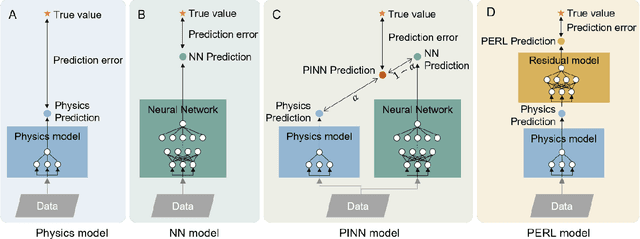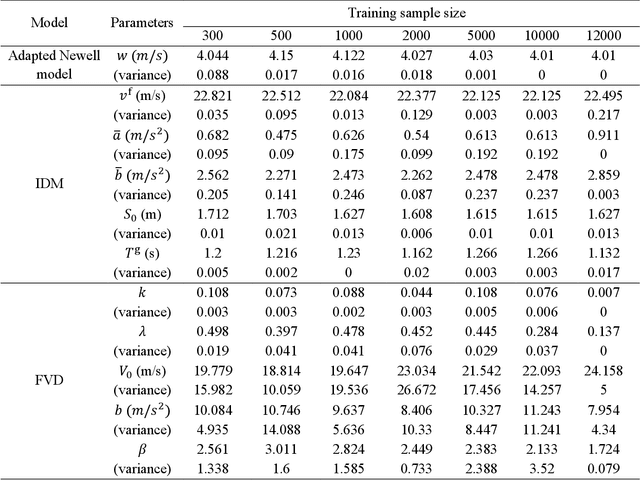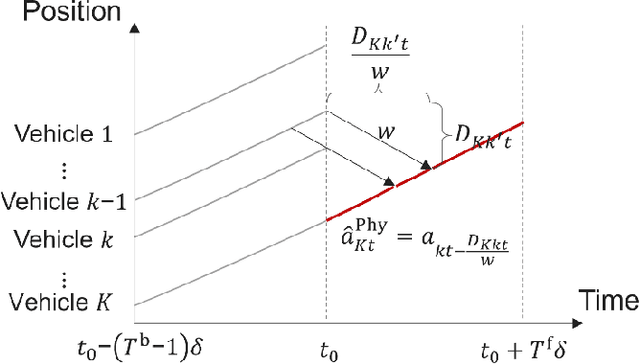A Physics Enhanced Residual Learning (PERL) Framework for Traffic State Prediction
Paper and Code
Sep 26, 2023



In vehicle trajectory prediction, physics models and data-driven models are two predominant methodologies. However, each approach presents its own set of challenges: physics models fall short in predictability, while data-driven models lack interpretability. Addressing these identified shortcomings, this paper proposes a novel framework, the Physics-Enhanced Residual Learning (PERL) model. PERL integrates the strengths of physics-based and data-driven methods for traffic state prediction. PERL contains a physics model and a residual learning model. Its prediction is the sum of the physics model result and a predicted residual as a correction to it. It preserves the interpretability inherent to physics-based models and has reduced data requirements compared to data-driven methods. Experiments were conducted using a real-world vehicle trajectory dataset. We proposed a PERL model, with the Intelligent Driver Model (IDM) as its physics car-following model and Long Short-Term Memory (LSTM) as its residual learning model. We compare this PERL model with the physics car-following model, data-driven model, and other physics-informed neural network (PINN) models. The result reveals that PERL achieves better prediction with a small dataset, compared to the physics model, data-driven model, and PINN model. Second, the PERL model showed faster convergence during training, offering comparable performance with fewer training samples than the data-driven model and PINN model. Sensitivity analysis also proves comparable performance of PERL using another residual learning model and a physics car-following model.
 Add to Chrome
Add to Chrome Add to Firefox
Add to Firefox Add to Edge
Add to Edge